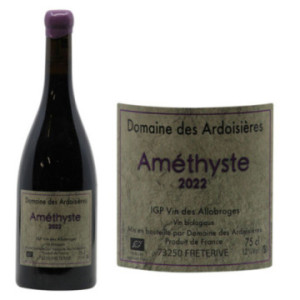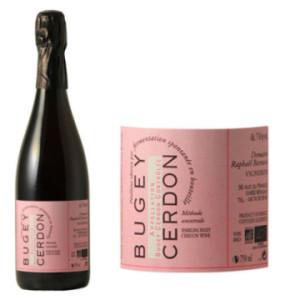
Bugey Cerdon Rosé 'Méthode Ancestrale'... Non millésimé

Vin de Savoie Arbin Mondeuse "1952'" 2020
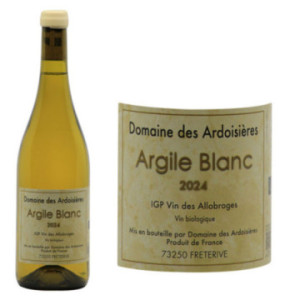
IGP Vin des Allobroges Blanc "Argile" 2024
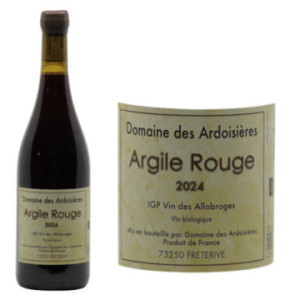
IGP Vin des Allobroges Rouge "Argile" 2024
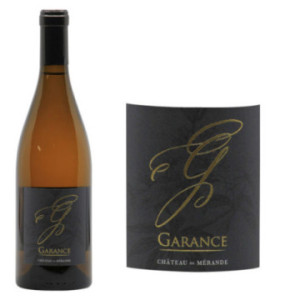
Vin de Savoie Chignin-Bergeron "Garance" 2023

Vin de Savoie Arbin Mondeuse "La Belle... 2023
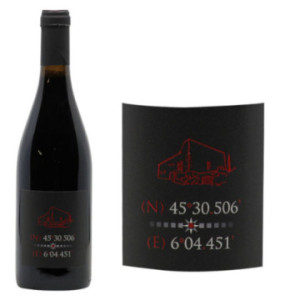
Vin de Savoie Arbin Mondeuse "(N)... 2023
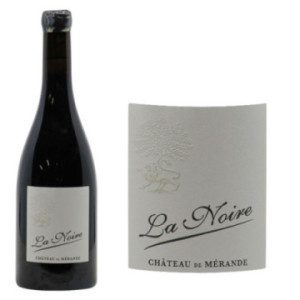
Vin de Savoie Arbin Mondeuse "La Noire" 2022

Roussette de Savoie "Son Altesse" 2024
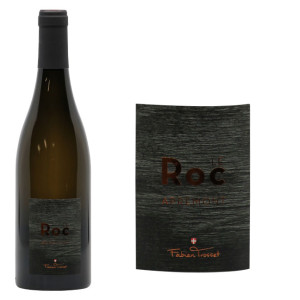
Vin de Savoie Apremont "Le Roc" 2024
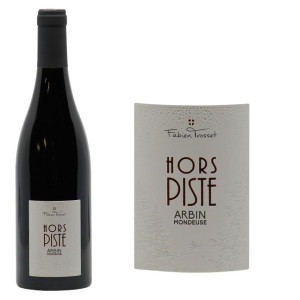
Vin de Savoie Arbin Mondeuse "Hors-Piste'" 2023
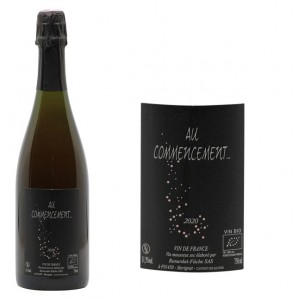
Vin de France mousseux "Au commencement"... Non millésimé

IGP Vin des Allobroges Blanc "Avalanche La... 2023
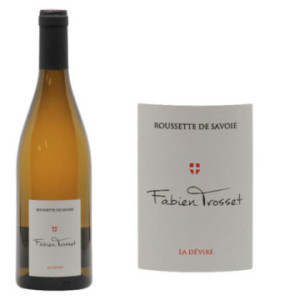
Roussette de Savoie "La Dévire" 2023
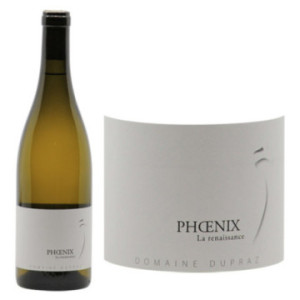
Vin de Savoie Apremont "Phoenix" 2021
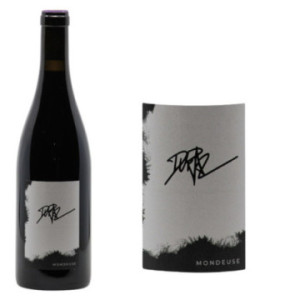
Vin de Savoie Mondeuse 2022
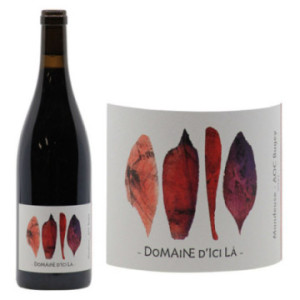
Bugey Mondeuse Amphore "La Croisette" 2021
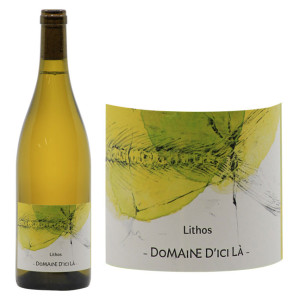
Bugey Chardonnay "Lithos" 2022

Vin de Savoie Arbin Mondeuse "(N)... 2019
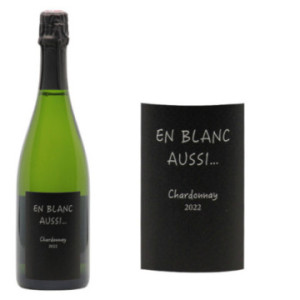
Vin de France Pétillant "En Blanc aussi..." 2022
